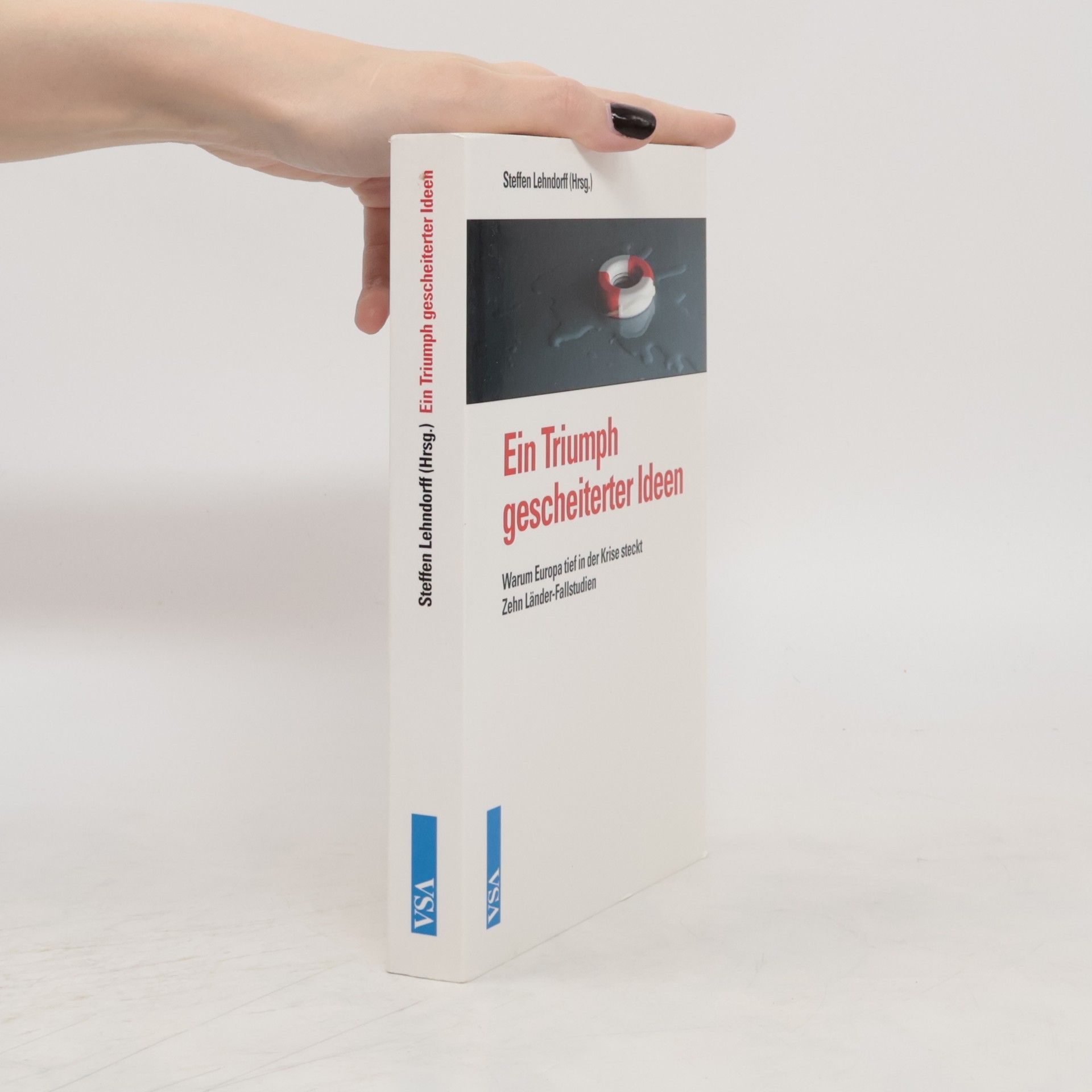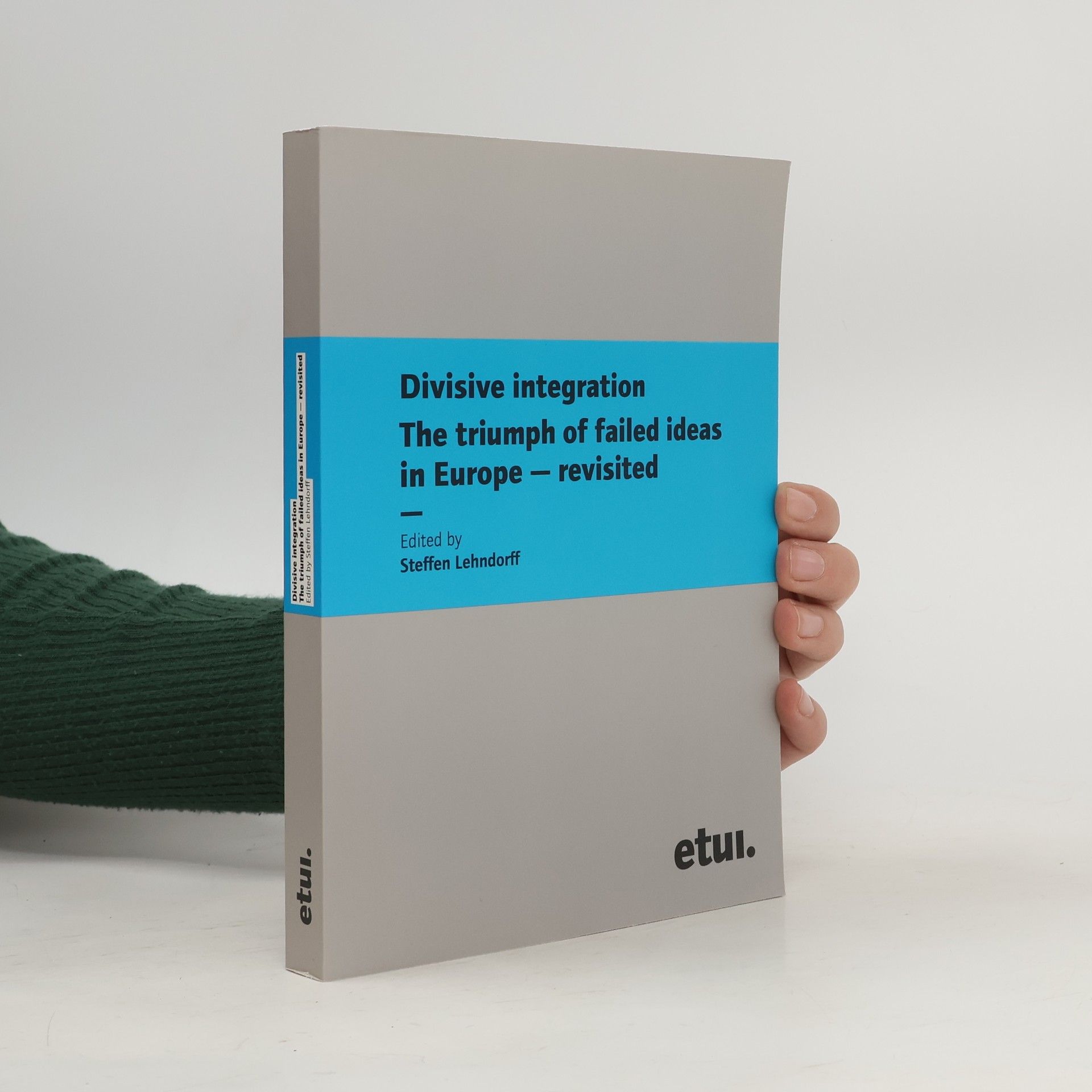Steffen Lehndorff Boeken




This book is a follow-up to the ETUI 2012 volume 'The triumph of failed ideas'. The focus of the book is the weight attributed to the different economic and social development paths in ten individual EU countries, and their interaction with the austerity regime established at EU level which in fact is deepening the crisis rather than paving ways out of it. The most dangerous implication of this policy approach is, according to this study, that it is driving countries apart - misleadingly in the name of 'Europe', hence the title of the book 'divisive integration'. The main message of the book is that a gradual recovery is possible only if there is a change of course in individual countries that then triggers reactions in the policies of other countries and perturbations at the EU level. However, these changes in individual countries is no longer feasible without a green light or at least toleration from the level of the European institutions.
New Deal heißt Mut zum Konflikt
Was wir von Roosevelts Reformpolitik der 1930er Jahre heute lernen können
Ein Triumph gescheiterter Ideen
- 285bladzijden
- 10 uur lezen
Was diesen Band aus der Krisenliteratur zu Europa heraushebt, ist der spezifische Zugang: zehn brandaktuelle Fallstudien aus Kernstaaten der Europäischen Union, verfasst von namhaften Sozialwissenschaftlern aus den jeweiligen Ländern. Komplettiert durch eine Analyse der Politik der EU-Institutionen und Gewerkschaften. So wird deutlich, worauf es ankommt: Wie die unterschiedlichen Kapitalismusvarianten in Europa – einige in ihren Grundfesten – erschüttert wurden und weshalb ökonomischer und institutionell-politischer Wandel innerhalb und zwischen den Ländern sie weiter in der Krise halten. Hier liegt zugleich das Geheimnis für das Scheitern wie auch für den Triumph neoliberaler Ideen, Konzepte und Politik.